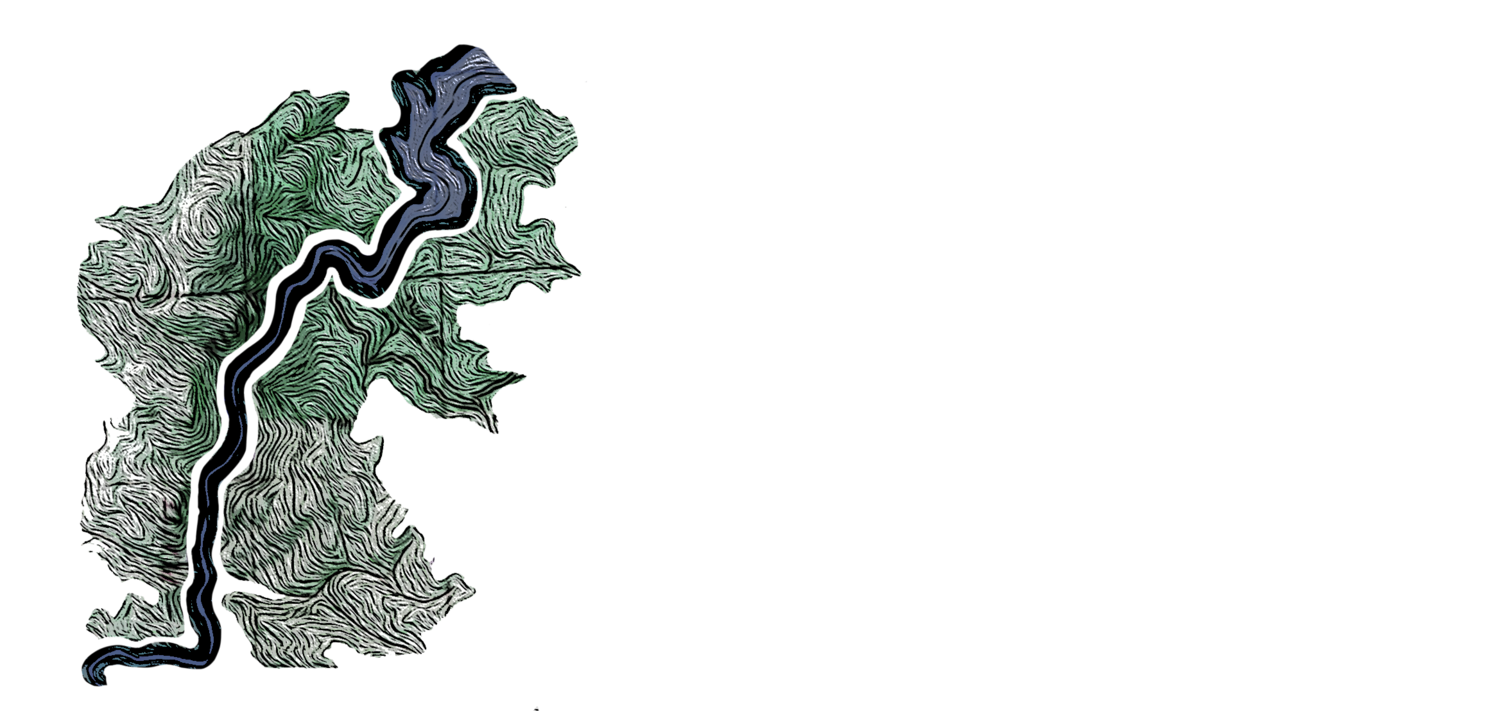Zwei Tage in Hamburg
I’m working on clear language around subjectivity and non-totality – not saying a thing IS so, only that I understand it to be this way, or that’s what I experienced in it. At least with where I’m at in this consciousness-building journey, I find it often requires more words, sometimes so many that they become cumbersome and obscure the core thought. As I talk here about other artist’s work and the general state of funding, please forgive me if I slip in this practice, and know that I’m speaking from the very limited authority of my personal experience.
I spent the weekend with my host parents from my foreign exchange year (1997-98). My German is rusty but functional, and I find it endlessly stimulating to transpose ideas into the words and structure of a foreign language. I’m not sure if this is because I learned German consciously, as a teenager, but I find it much more literal than English, because the components of complex words are rooted in the language, vs. English’s rooting in Latin and Greek. Example: Environment is Umwelt – literally “the world around (you).”
Translation also requires awkward detours (Umwege, “paths around (an obstacle)”) that breed interesting realizations about what the words I use can mean. Example: I geek out on the interplay between an artwork’s contents and its structure; but I find the word “structure” sort of flat and academic. And so, the welcome realization mid-transposition that structure doesn’t need to be concrete, static, inanimate, it can be verbindlich – connective, dynamic, responsive, collaborative, reciprocal even… It’s the skeleton that supports the flesh of the contents, with joints intended for movement based on the impulses of those contents. It’s the leylines that connect the experiential moments to each other, and the formulation of invitations and pathways through the work that connect the audience to the event.
Also interesting to apply this definition to funding and economic structures that maybe don’t need to be conceived as fixed and rigid… I’m sure I’ll work this soapbox more later, in the meantime if you want some help understanding political structures as dynamic and pliable, please please read The Dawn of Everything by Davids Wengrow and Graeber.
OK, geek out over.
Over two days in Hamburg I attended three events in the Kampnagel Sommerfestival. The first, Trisha Brown’s 1970 experiment Man Walking Down the Side of a Building, was a lovely lesson in the cogency of historic works, with a side order archaic languaging (it was performed by a woman). It was delightful, powerful in its simplicity, and needs no further discussion from me.
The other two works were fantastic, with fascinating lessons in structure of artistic process, product, and economics. Not entirely incidentally, among many other gorgeous aspects, they both featured trans identities in meaningful, impactful, and quite different ways.
Los Dias Afuera by Lola Arias (Argentina) featured a cast of formerly incarcerated performers sharing stories and experiences of their time inside and outside Argentina’s justice system, including direct discussion of trans identities and experiences of systemic bigotry. The work’s structure – simple, nuanced, minimally processed – wove these hard contents together beautifully, in a way that honored the artists’ vulnerable, powerful sharing, and resisted simple assignments of victim, perpetrator, justice, inequity.
A Dirty Faust by Nesterval (Austria) never overtly addressed within the performance its cast and characters’ fascinating spectrum of trans and queer identities. A narrative-driven immersive mashup of Dirty Dancing and Dr. Faustus, performed in an abandoned school building redesigned as a summer-camp-style hotel, it leaned into a spectral reality of dismantled binaries, letting the characters and their performers’ underlying identities live complexly, adding rich layers of meaning to the work’s consideration of morality, passion, and agency.
There’s a ton of nuanced artistry and thoughtful practice at work in these creations – far too much to dig into here. To return to my structures-of-arts-funding soapbox, though, there’s also a vital, high-functioning economy at work (at least compared to Colorado). The artistic processes visible within these productions require time and energy, and a generosity of resources to honor that time and energy from everyone involved. Particularly with marginalized communities and identities, fair compensation is a vital part of cultivating high-trust relationships and working environments (Umwelten) and enabling the commitment that each individual wants to make to the work. There’s a ton more to say (and far more for me to learn) about how these economies function, and why they function better in Austria and Argentina than in Colorado; but hopefully the case studies here illustrate why that discussion is important to have.
–––
Deep thought as I roll into Berlin by train: the Spandau train station should be required by law to play Spandau Ballet deep cuts 24/7, as a performance of cultural heritage.
-Patrick





